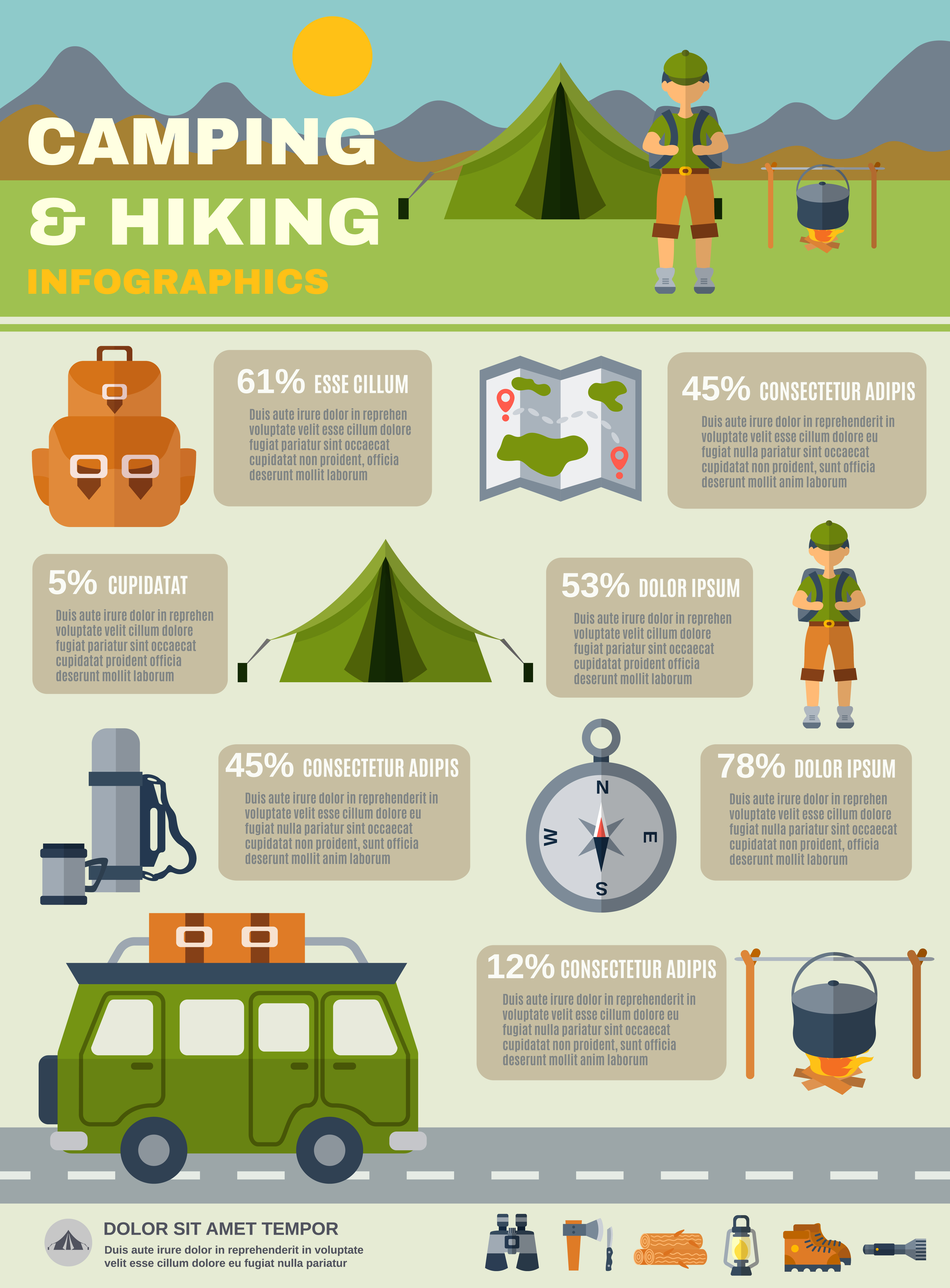A double-wall design that's both breathable and water resistant. They can be more comfortable than single-wall camping tents in winter months however can be less sizable and open sights much less.
Made to stand up to high winds and lost snow. They might likewise have thicker poles and added guylines to improve rigidity.
Whether you're glamping or backpacking, these camping tents can take care of a variety of winter months conditions. They're optimal for those looking for a comfy and cozy hideaway in the backcountry.
1. Weatherproofing
Numerous camping tents include waterproofing that's boosted by polyurethane finishes and sturdy water repellent (DWR) therapies. Eventually, nevertheless, modifications in temperature level and long term exposure to sunlight can deteriorate the camping tent's protective finishes. Revitalizing these with joint sealer or a DWR treatment can help safeguard your camping tent from wetness damage and extend its beneficial life.
When leaving your tent, take the time to thoroughly fold and fit each shockcorded post area right into area. This will certainly protect against undue stress that can compromise or chip the post sections and cause structural troubles when you set up camp.
Similarly, use the Leave No Trace concept when choosing campsites. Choose places that are without rocks, ache cones and other particles that can penetrate or abrade the camping tent floor and fly. Likewise think about bringing an impact, which is a custom-cut ground cloth designed particularly for your outdoor tents's floor plan and will certainly protect it from dirt, grit, pebbles and other sharp objects.
2. Air flow
If you are camping in the Everglades' moisture or Death Valley's warm, you need an outdoor tents with excellent air flow. Air flow is an important factor in maintaining comfort and eliminating mold and mildew and mold that can make your camping tent pointless.
The air flow system of a four-season camping tent is developed to expel cozy, wet air and change it with cooler, drier air. This air exchange decreases condensation by removing moisture from the air prior to it can choose the walls and ceiling of your tent.
To guarantee your outdoor tents has sufficient ventilation, seek breathable products and flexible vents. Additionally, raise your outdoor tents a little off the ground to enhance air flow. An additional crucial element of a good ventilation system is using a stove jack, which offers a risk-free exit point for your tent's smoke pipe to avoid carbon monoxide gas poisoning.
3. Livability
While a four season camping tent might not be the most effective option for ultra-light backpackers, it is important for those preparing to camp year-round. Buying this type of shelter conserves cash on different arrangements and lowers gear turn over. It additionally enables you to explore landscapes at different times of year, opening up peaceful off-season experiences and lovely winter months terrain.
If you select a tough and spacious four season camping tent like the KUIU Storm Star 2 or the Samaya 2.0, make certain that it supplies appropriate weather security. This consists of a durable structure, solid posts and materials created to stand up to high winds and dropped snow. Try to find seams that are double-stitched and surfaces like water repellent, mold and mildew & reusable UV resistance coatings that safeguard your investment from the aspects.
Furthermore, choose a double-wall style for the best livingability. Single-wall designs can be water resistant however have problems with condensation. They can also be too hot for summer and not well matched to rainfall.
4. Storage space
Keeping your camping tent in a shaded location shields it from the extreme UV rays of sunshine. Long term direct exposure to these rays can break down and compromise the fabric with time, making the outdoor tents much less sturdy. It's additionally crucial to on a regular basis inspect the kept tent for indicators of dampness and intrusive insects.
Storage outdoors tents are usually easier to use than irreversible structures because they don't require any kind of changes to your home. They likewise provide the versatility of relocating them around your outside space to deal with different storage needs.
4-season camping tents are developed to endure severe weather. They generally feature inflexible structures to stay secure in high winds and thicker wall surfaces to give warmth versus snow and tornado winds. They strike a balance between essential attributes like climate security, weight, and interior room to fit your certain adventure goals. The NEMO Kunai 2 and Hilleberg Nammatj 2 are both good examples of 4-season tents that stabilize weather condition security, weight, and livability.
